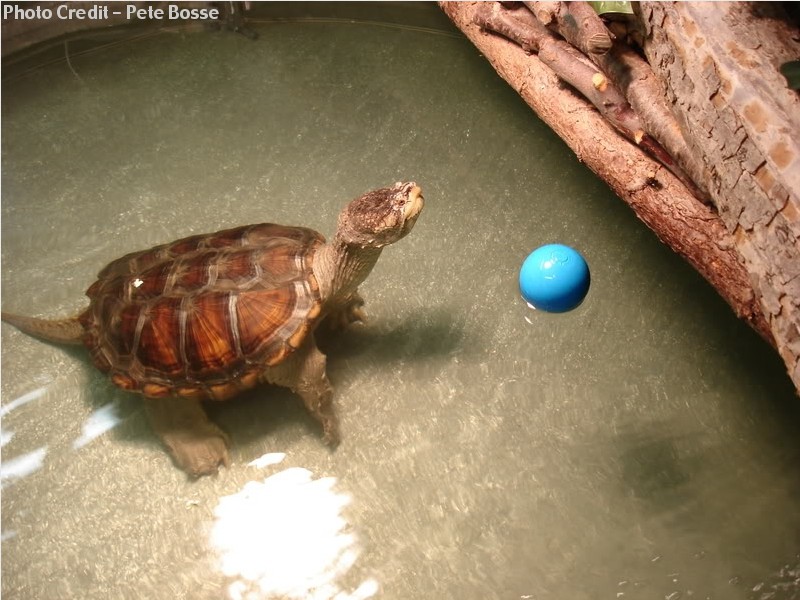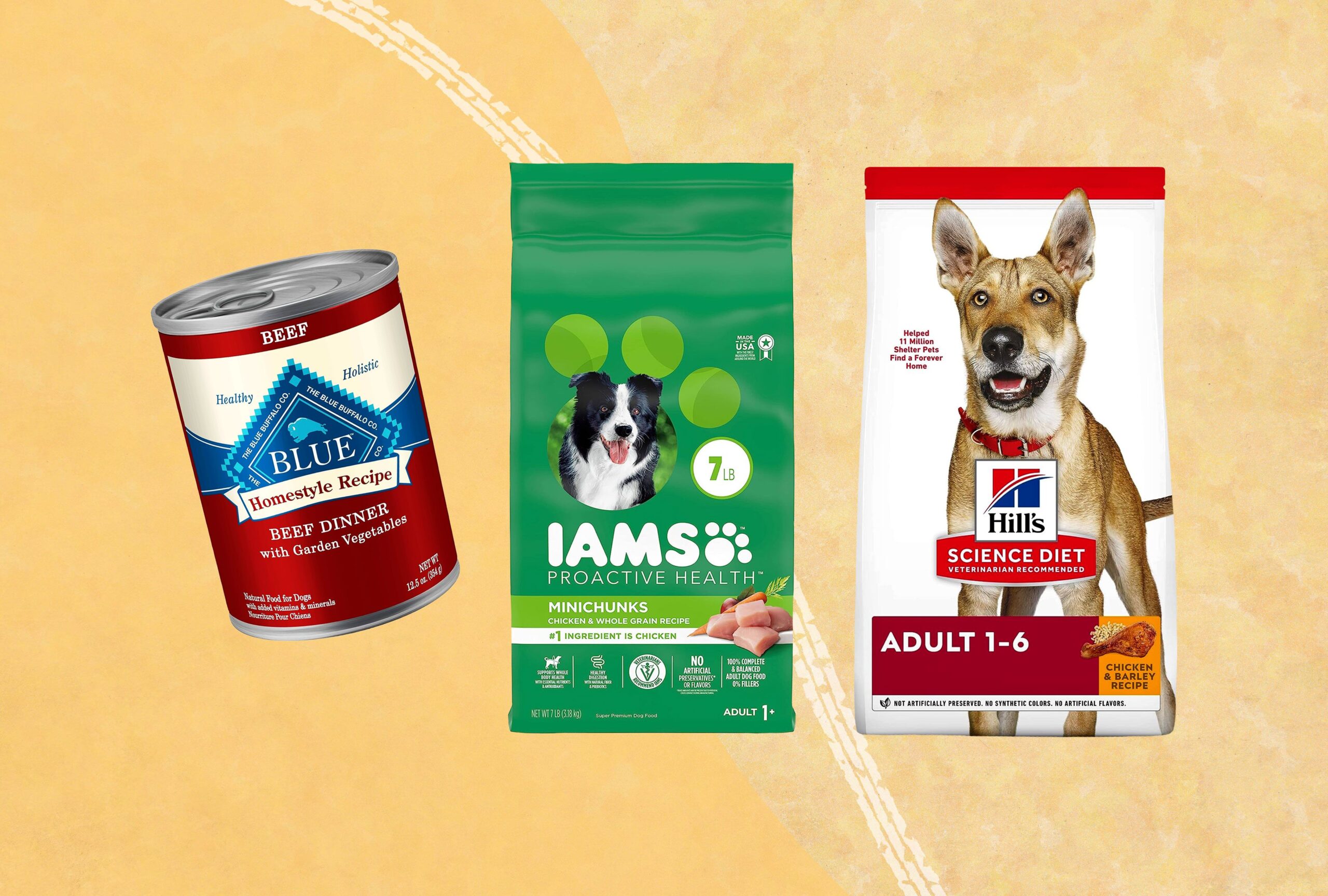I wrote this guide because “How To Cycle A Turtle Tank Water Properly: Easy Steps” is exactly what I wish I had on day one. If you want a healthy, crystal-clear tank and a happy turtle, you must learn how to cycle a turtle tank water properly before adding your pet.
Cycling grows good bacteria that turn toxic waste into safer forms. I’ll show you how to cycle a turtle tank water properly with simple steps, science-backed tips, and a friendly tone you can follow today.

Source: kb.rspca.org.au
What Is “Cycling” A Turtle Tank?
Cycling means building a stable colony of beneficial bacteria in your filter and tank. These bacteria eat ammonia and nitrite—two toxins that can burn gills, irritate eyes, and stress a turtle. If you learn how to cycle a turtle tank water properly, you set up a safe ecosystem that protects your turtle 24/7.

Source: theturtleroom.org
The Nitrogen Cycle In Plain English
– Turtle poop, leftover food, and plant decay make ammonia (NH3/NH4+).
– Bacteria 1 (like Nitrosomonas) turn ammonia into nitrite (NO2−).
– Bacteria 2 (like Nitrospira) turn nitrite into nitrate (NO3−).
– You remove nitrate with water changes and plants.
That is the full loop. That is how to cycle a turtle tank water properly in one picture.
Why Cycling Matters For Turtles (Health Data)
Research shows ammonia and nitrite harm aquatic animals even at low levels. Ammonia as low as 0.2–0.5 ppm can irritate tissues, while nitrite can reduce oxygen delivery in blood. Turtles are hardy, but chronic exposure still raises stress and infection risk. If you learn how to cycle a turtle tank water properly, you avoid those spikes and keep your turtle strong.
Science Snapshot: Safe Water Targets
– Ammonia (NH3/NH4+): 0 ppm
– Nitrite (NO2−): 0 ppm
– Nitrate (NO3−): under 40 ppm (I aim for under 20 ppm)
– pH: about 7.0–8.0
– Temp for bacteria: 75–80°F (24–27°C)
Hitting these numbers is a core part of how to cycle a turtle tank water properly.
How To Cycle A Turtle Tank Water Properly: Step-By-Step
Here’s the simple plan I use. It works for beginners and keeps things safe for your shelled buddy. Yes, this is how to cycle a turtle tank water properly from start to finish.
- Dechlorinate Every Drop
- Use a conditioner that treats chlorine and chloramine. Chlorine kills the good bacteria you need.
- Use A Strong Filter
- Choose a filter rated for 2–3 times your tank size. Turtles are messy, so strong filtration helps the cycle stick.
- Add Bacteria
- Add bottled bacteria to speed up colonization. This is a fast start to how to cycle a turtle tank water properly.
- Feed The Cycle
- Add a small ammonia source daily: a tiny pinch of turtle pellets (“ghost feeding”) or pure, unscented ammonia.
- Test, Track, Adjust
- Use a liquid test kit for ammonia, nitrite, nitrate. Record results. Adjust feeding so ammonia stays around 1–2 ppm during fishless cycling.
- Water Changes
- During cycling with a turtle present, do partial changes (25–50%) if ammonia or nitrite rises above 0.5–1.0 ppm.
- Confirm The Cycle
- You’re cycled when you can add 1–2 ppm ammonia and read 0 ppm ammonia and 0 ppm nitrite within 24 hours, with nitrates present.
- Maintain
- Do regular water changes to keep nitrate low. Rinse filter media in tank water, not tap water.
Setup That Makes Cycling Easier
I start with clean substrate, a big filter, and lots of biomedia (ceramic rings or similar). I set the heater to about 77°F to help bacteria grow. I also add an air stone for oxygen because bacteria breathe oxygen too. This is a smart way to begin how to cycle a turtle tank water properly.
Seeding Bacteria For A Faster Start
If I can, I “seed” the tank with media from an established filter. A small piece of seasoned sponge or a handful of ceramic rings can cut cycling time from weeks to days. This trick is my favorite part of how to cycle a turtle tank water properly.
Feeding The Cycle: How Much And How Often
I add enough food or pure ammonia to reach roughly 1–2 ppm ammonia, then test daily. If ammonia disappears and nitrite appears, I keep feeding lightly until nitrite also drops to zero in 24 hours. That pattern means the bacteria are in place—exactly how to cycle a turtle tank water properly.
My Testing Schedule
I test ammonia and nitrite daily at first, then every other day. I test nitrate twice a week. Keeping a log helps me see trends and fix problems early. Clear testing is a big part of how to cycle a turtle tank water properly.
Water Changes Without Breaking The Cycle
I only change what I need to keep toxins safe. I always match temperature and add dechlorinator. I never rinse biomedia in tap water. Gentle care like this is key in how to cycle a turtle tank water properly.
Timeline: What I Usually See
– Days 1–7: Ammonia rises, nitrite starts to show.
– Days 8–21: Ammonia falls, nitrite peaks, nitrate rises.
– Days 21–42: Ammonia and nitrite hit 0 within 24 hours after dosing; nitrate continues to rise.
Most tanks finish in 4–6 weeks, faster if seeded. Patience is the secret to how to cycle a turtle tank water properly.
Pro Tips To Keep The Cycle Stable
– Keep the filter on 24/7.
– Don’t over-clean. Rinse media in old tank water.
– Avoid overfeeding your turtle.
– Keep pH steady (use crushed coral or baking soda sparingly if needed).
– Add live plants like pothos or anacharis to help with nitrates.
These habits support how to cycle a turtle tank water properly long term.
Common Mistakes I Avoid
– Changing 100% of the water and washing the filter under tap.
– Adding a turtle before the cycle begins.
– Skipping dechlorinator “just once.”
– Trusting strips only; I use liquid tests for accuracy.
– Replacing all media at the same time.
Dodging these mistakes makes how to cycle a turtle tank water properly much easier.
Gear I Trust For A Smooth Cycle
– Canister filter or large HOB with extra biomedia
– Liquid test kit (ammonia, nitrite, nitrate, pH)
– Dechlorinator that handles chloramine
– Heater (if your species and room need it)
– Air stone for extra oxygen
– Bacteria-in-a-bottle starter
Good tools make how to cycle a turtle tank water properly fast and steady.
Data-Backed Answers To Big Concerns
Studies on aquatic systems show nitrifying bacteria prefer high oxygen and stable temperatures. Growth rates increase in the mid-70s°F range and slow in cold water. Research also shows chlorine and chloramine kill nitrifiers quickly, so water conditioner is non-negotiable.
Toxicology papers put safe ammonia and nitrite at 0 ppm for chronic exposure, with nitrate kept lower through steady water changes. This research supports everything I teach about how to cycle a turtle tank water properly.
Frequently Asked Questions of how to cycle a turtle tank water properly
How long does cycling take for a turtle tank?
Most tanks take 4–6 weeks. Seeding with established media can cut that to 1–2 weeks.
Can I cycle with my turtle in the tank?
Yes, but test daily and keep ammonia and nitrite under 0.5–1.0 ppm with partial water changes. Using bottled bacteria helps.
Do I need a heater during cycling?
If your room is cool, yes. Beneficial bacteria grow best near 75–80°F, which can speed the cycle.
Why are my readings stuck at nitrite?
The second bacteria group may be lagging. Keep oxygen high, maintain temperature, avoid over-cleaning, and add more bottled bacteria.
How often should I change water after cycling?
I change 25–50% weekly to keep nitrates under 20–40 ppm. Heavier feeding or smaller filters may need more.
What’s the best way to clean the filter?
Swish the media in a bucket of tank water. Never use tap water on biomedia, and never replace all media at once.
Can plants help my cycle?
Yes. Fast growers use nitrate and add oxygen. They support stability after the cycle is complete.
Conclusion
You now know how to cycle a turtle tank water properly with clear steps, proven targets, and easy tools. Start today: dechlorinate, add bacteria, feed the cycle, and test. Keep ammonia and nitrite at zero, nitrates low, and your turtle will thank you with bright eyes and a big appetite. Try these steps, track your numbers, and share your progress in the comments. Want more? Subscribe for weekly care tips and smarter tank guides.
Watch This Video on how to cycle a turtle tank water properly




Leave a Reply